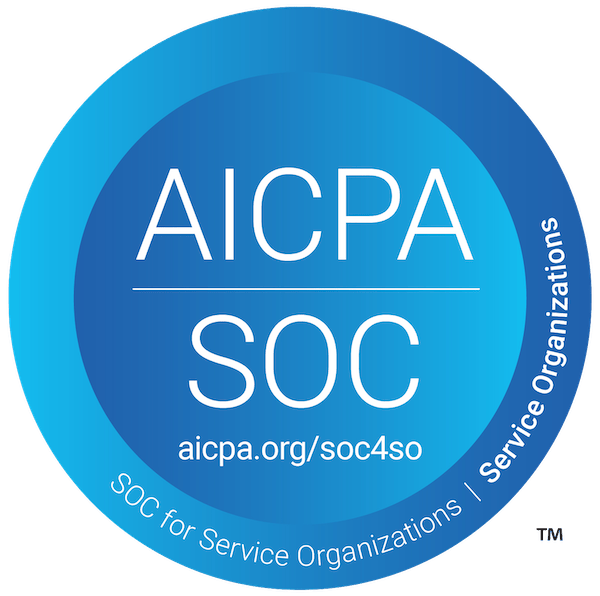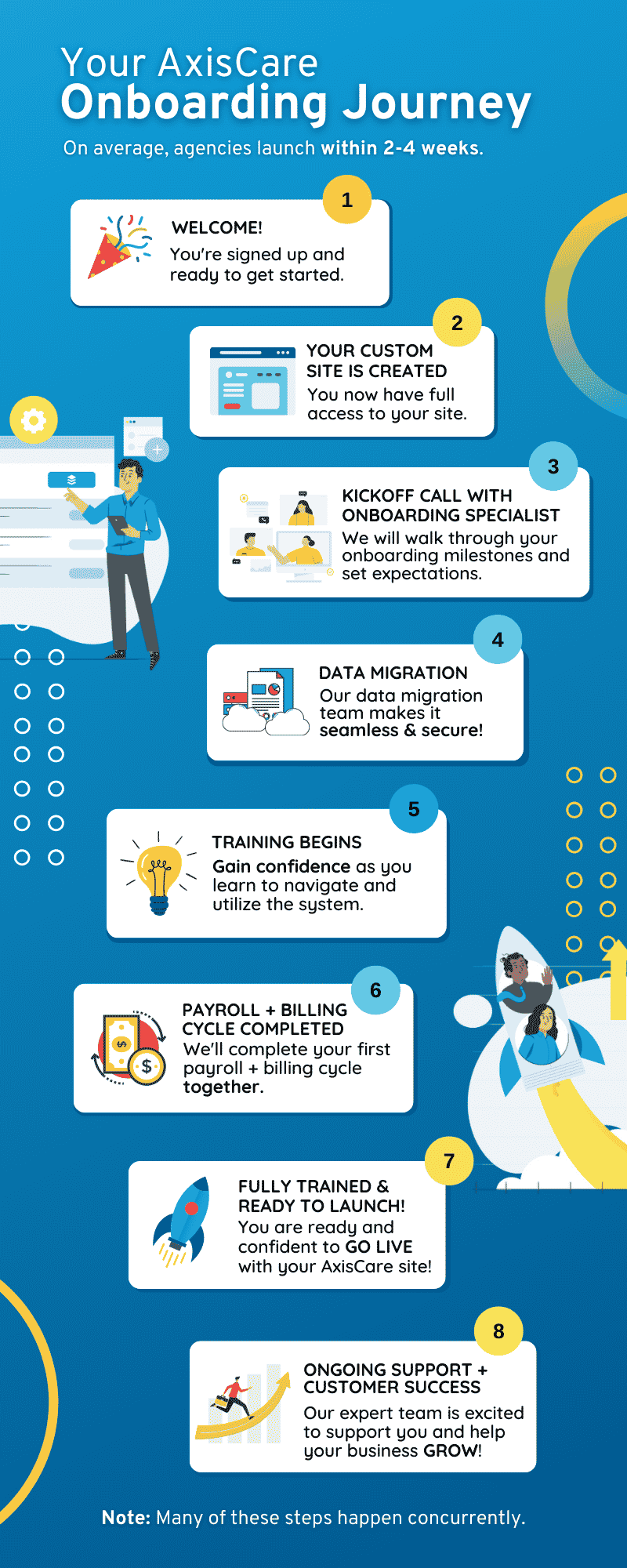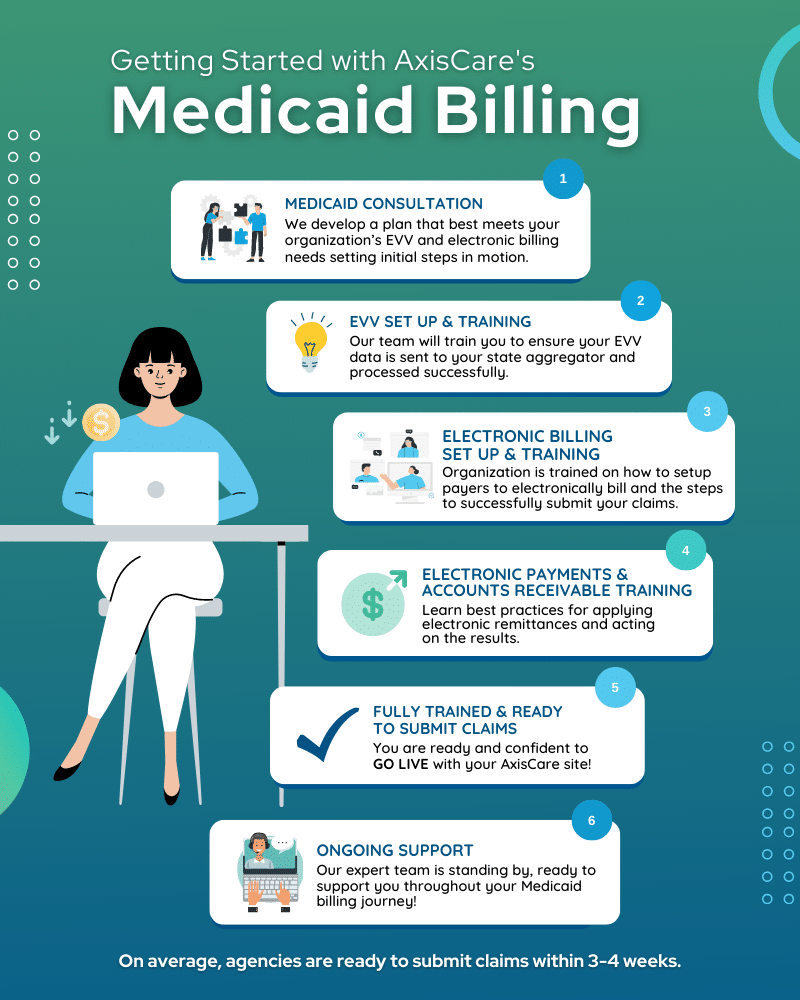The home care caregiver shortage has become increasingly evident in recent years. As the demand for caregivers increases and time passes, we may wonder how we got into this bind in the first place. The shortage can be attributed to multiple interconnected factors; let’s dive in.
The Aging Population Increase & Societal Changes
As the Baby Boomer generation ages, the demand for home care services has surged. By 2050, the number of older adults in the United States (ages 65 and up) is projected to increase by 47% compared to 2022, driven by a rapidly aging population. Couple that increase with 90% of older adults expressing a preference for aging in place; the demand is exponential compared to the past.
Even more, the circumstances surrounding caregivers have evolved. Historically, caregiving roles were often filled by family members or informal networks within communities. However, as societal structures have shifted—due in part to the rise of dual-income households and relocations for work—fewer individuals are available to provide care within families, therefore handing the task to professional caregivers. This shift has not only increased demand but has also highlighted the need for more at-home care services and a stacked workforce.
Underlying Challenges
While the demand for home care services continues to grow, several underlying challenges contribute to the ongoing caregiver shortage. One primary concern is the compensation and working conditions associated with caregiving roles. Many caregivers are underpaid, often making less than what would typically be considered a living wage, which discourages entry into the profession. Long hours, physically demanding work, and the emotional toll of caregiving further exacerbate the situation, resulting in high turnover rates. This cycle leaves agencies struggling to maintain consistent staffing levels, ultimately affecting the quality of care and consistency provided to clients.
Additionally, the perception of caregiving as an undervalued profession plays a crucial role. Despite the responsibilities caregivers undertake—often providing not only physical assistance but also emotional support and companionship—the profession does not receive the recognition it deserves. Agency owners frequently face the challenge of conveying the importance of their work to potential employees, who may not view caregiving as a viable career path, furthering the uphill battle of bringing on new talent. This lack of recognition can make it difficult for agencies to attract applicants, compounding the staffing dilemma.
The Impact of the COVID-19 Pandemic
The COVID-19 pandemic further intensified the challenges facing home care agencies and their staffing struggles. During this time, many caregivers experienced heightened stress levels due to increased risks associated with providing care amid a public health crisis. Many chose to leave the field altogether, seeking more stable or less hazardous employment. Furthermore, the pandemic led to a flood of clients requiring care, placing even greater demands on an already depleted workforce.
In addition to the immediate effects on staffing, the pandemic changed how people view caregiving. With increased awareness of the fragility of health and the importance of support systems, there is hope that this transformative period could lead to a long-overdue elevation of the caregiving profession. However, agency owners now find themselves navigating a workforce crisis that requires innovative solutions to meet the rising demand for services.
Strategies for Addressing the Shortage
To tackle the caregiver shortage effectively, agency owners must adopt multifaceted strategies that create a supportive environment for their staff while attracting new talent. One approach is to enhance compensation packages, offering competitive wages that recognize the value caregivers bring to their clients. In addition, providing benefits such as health insurance, paid time off, and retirement plans can help improve job satisfaction and retention rates.
Another crucial aspect is investing in training and professional development opportunities. By creating pathways for career advancement, agencies can empower caregivers to develop their skills, ensuring they feel valued and motivated in their roles. Providing mentorship programs can also foster a sense of community and support, encouraging caregivers to remain in the field longer.
Moreover, agency owners can leverage technology to streamline operations and improve working conditions. Tools that facilitate communication between caregivers and clients, as well as software that aids in scheduling and documentation, can reduce administrative burdens and allow caregivers to focus on what they do best—providing quality care.
Building a Supportive Culture
Creating a culture of appreciation and recognition within agencies is essential for retaining staff. Regular check-ins with caregivers, opportunities for team bonding, and open lines of communication can foster a sense of belonging. Acknowledging the emotional and physical toll of caregiving through employee wellness programs can also provide much-needed support. By prioritizing caregiver well-being, agencies can build a strong, resilient workforce that feels valued and empowered.
Attract & Retain More Caregivers With AxisCare
The caregiver shortage in–home care is a pressing issue that stems from a multitude of factors, including shifting demographic trends, inadequate compensation, and the lingering impacts of the COVID-19 pandemic. While the challenges are significant, there are practical strategies agency owners can implement to attract and retain caregivers. By leveraging home care software into your agency’s operational framework, you can streamline administrative processes, enhance communication, and improve caregiver satisfaction.
Schedule a demo of AxisCare to learn how we can improve your caregiver retention rates and help you attract more qualified caregivers.











